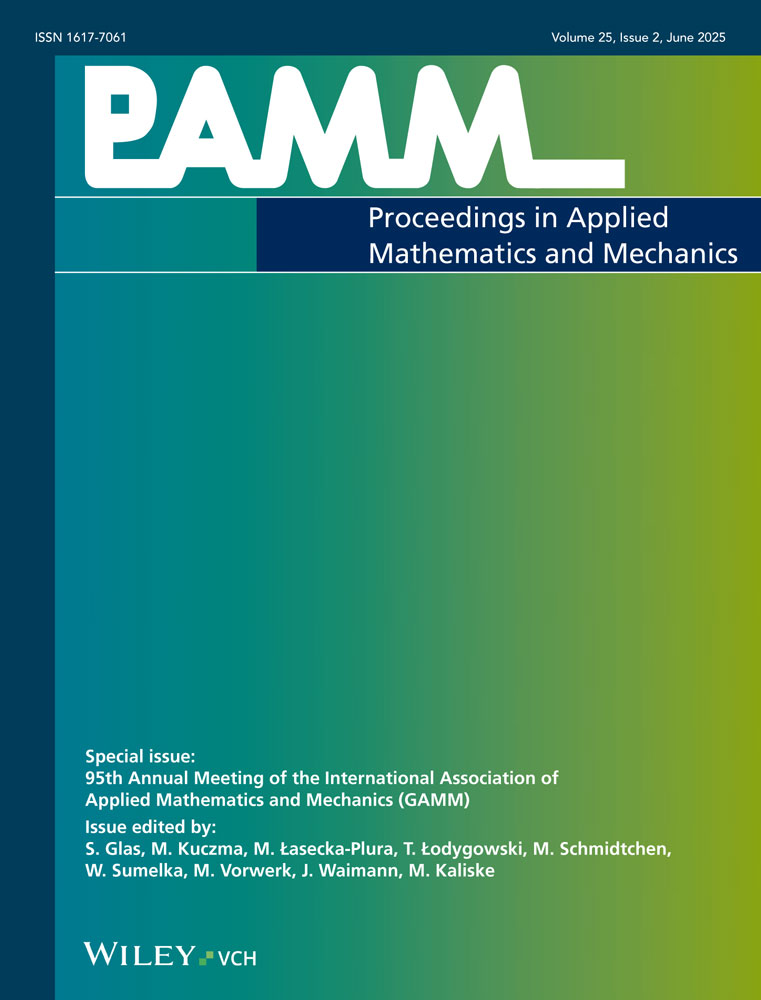Modelling and Simulation of Food Foams
Abstract
The rheological behaviour of protein solutions containing bubbles at rest, but particularly during fluid mechanical transport is not sufficiently investigated yet. Protein foams have a great importance in food production because of their special sensory properties. A suspension that contains bubbles in a Newtonian liquid exhibits inherently a complex rheological behaviour, such as elastic effects, a shear- and time-dependent viscosity and normal stress differences. The deformation state of the bubbles in a suspension subjected to a steady shear is a function of the gas volume fraction ϕ and the capillary number NCa. In the present article, material equations for protein solutions with gas volume fractions ϕ ≤ 0.75 and small bubble deformations, i. e. NCa ≪ 1, are analysed and further developed. (© 2016 Wiley-VCH Verlag GmbH & Co. KGaA, Weinheim)




